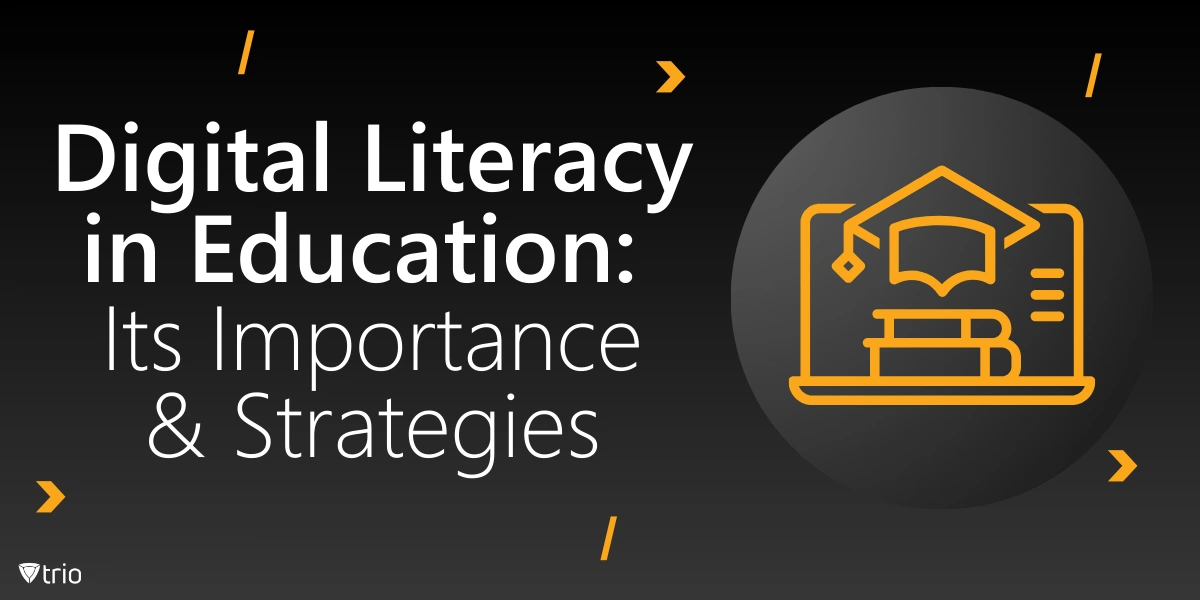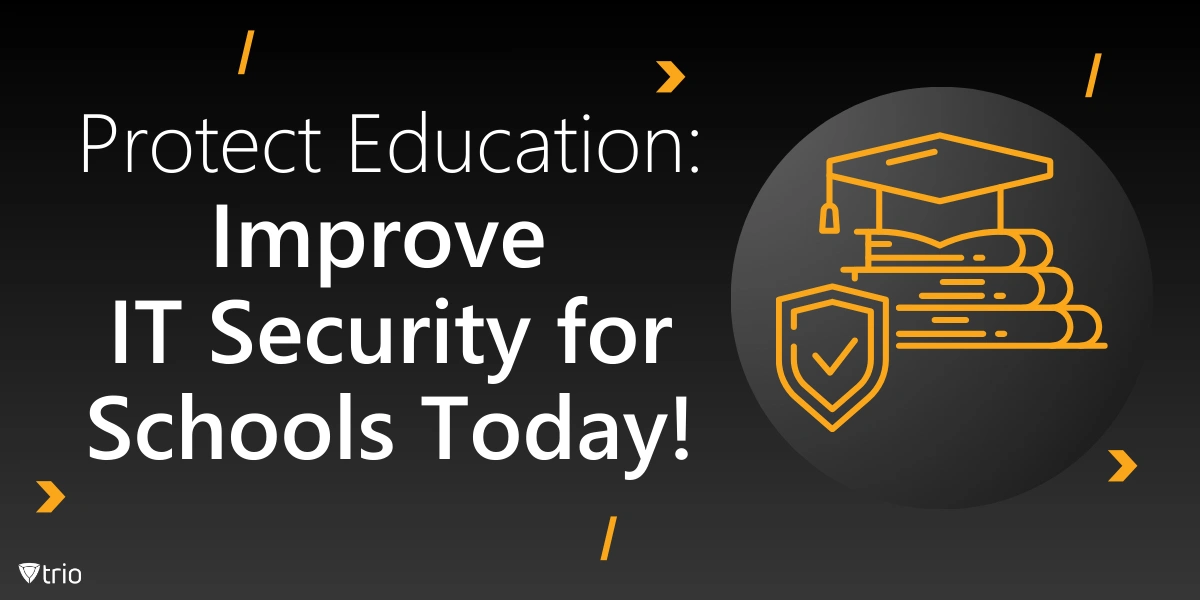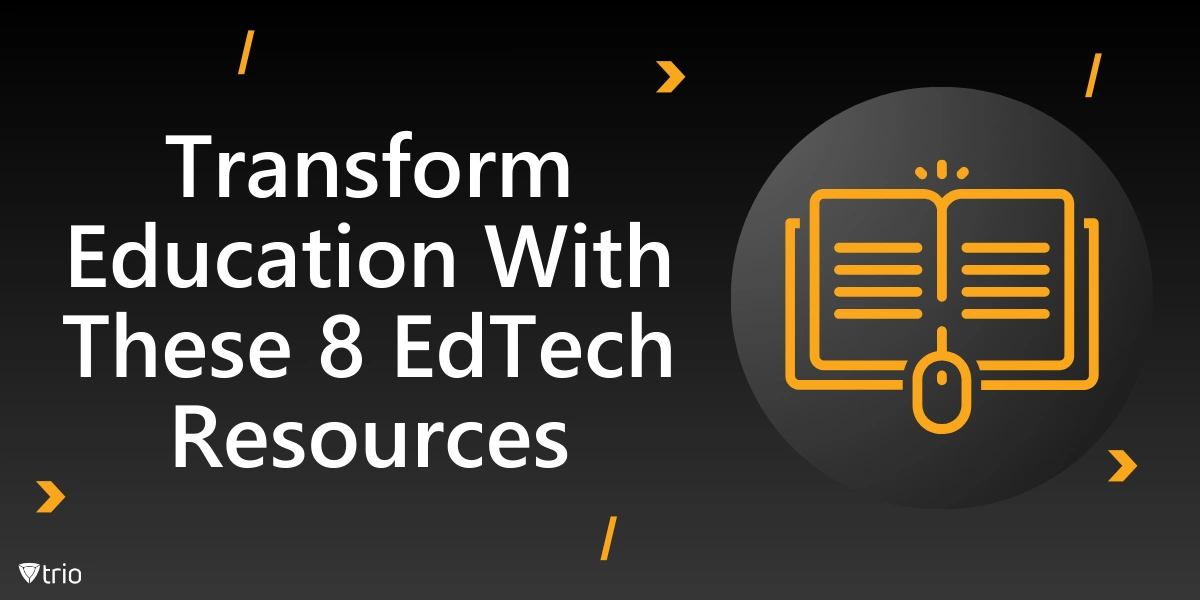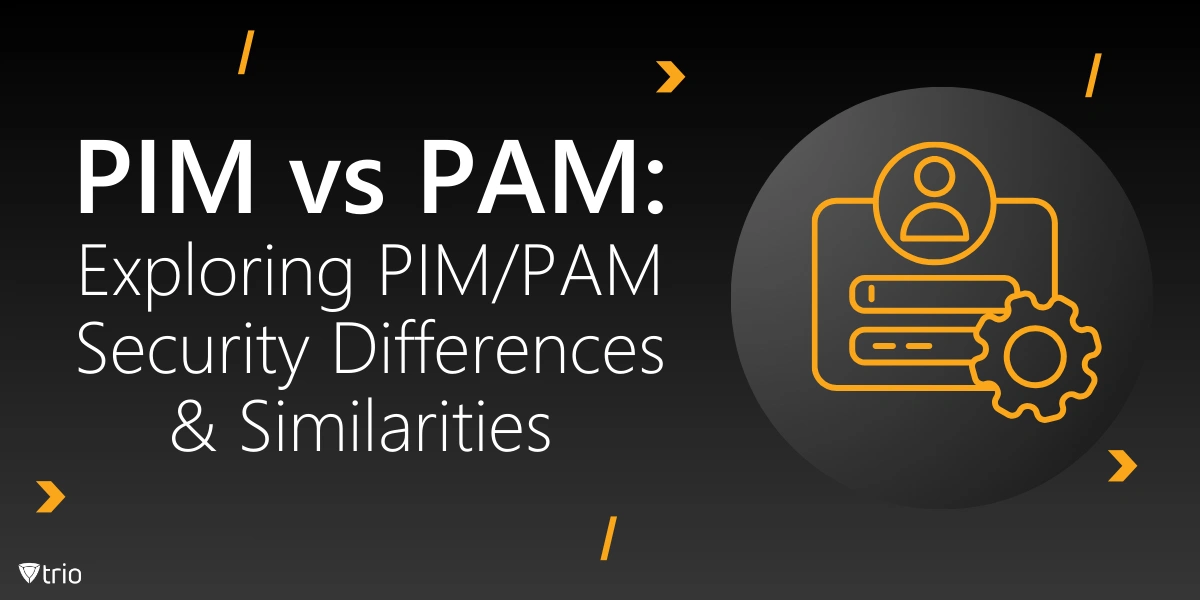In the technologically hyped world we’re living in today, the ability to effectively navigate, evaluate, and create digital content has become an essential skill for students and educators alike. As our world becomes increasingly interconnected through digital platforms, the importance of digital literacy in education cannot be overstated. This comprehensive guide explores the multifaceted nature of digital literacy, its significance in modern learning environments, and strategies for fostering these critical skills in both students and teachers.
Defining Digital Literacy in the Educational Context
Digital literacy encompasses a broad spectrum of competencies that extend far beyond basic computer skills. In the realm of education, it refers to the ability to effectively utilize digital tools and platforms for learning, critical thinking, and creative expression. This multifaceted concept involves not only technical proficiency but also the capacity to evaluate online information, engage responsibly in digital communities, and leverage technology for academic and personal growth.
At its core, digital literacy in education involves:
- Information literacy: The ability to locate, assess, and use digital information effectively.
- Media literacy: Understanding how to interpret and create various forms of digital media.
- Communication and collaboration: Utilizing digital tools to interact and work with others in online environments.
- Digital citizenship: Practicing responsible and ethical behavior in digital spaces.
- Technological fluency: Adapting to new digital tools and platforms as they emerge.
By developing these competencies, students are better equipped to navigate the complexities of the digital world, both in their academic pursuits and future careers. Educators play a crucial role in fostering these skills, integrating digital literacy across subject areas and grade levels to ensure students are prepared for the challenges and opportunities of the 21st century.
Why Is Digital Literacy Important for Teachers and Learners?
In today’s interconnected world, digital literacy has become an indispensable component of a well-rounded education. Its significance extends far beyond the classroom, impacting students’ future academic pursuits, career prospects, and overall quality of life. Understanding the importance of digital literacy in education is crucial for educators, policymakers, and students alike. In the following, we will discuss 5 importance of digital literacy for teachers and learners and give digital literacy in education examples:
Enhancing Learning Outcomes
Digital literacy significantly contributes to improved learning outcomes across various subjects. By leveraging digital tools and resources, students can:
- Access a wealth of educational materials beyond traditional textbooks
- Engage with interactive learning experiences that cater to diverse learning styles
- Collaborate with peers and experts from around the world
- Develop critical thinking skills through analysis of digital content
Research has shown that students with strong digital literacy skills tend to perform better academically, demonstrating improved comprehension and retention of information.
Preparing for Future Careers
As the job market continues to evolve, digital skills have become increasingly valuable across industries. Digital literacy in education helps prepare students for future careers by:
- Familiarizing them with technologies commonly used in professional settings
- Developing problem-solving skills applicable to various technological challenges
- Fostering adaptability in the face of rapidly changing digital landscapes
- Encouraging innovative thinking and creativity through digital mediums
By equipping students with these skills, educational institutions play a crucial role in bridging the gap between academic learning and workforce requirements.
Promoting Digital Citizenship and Ethical Behavior
Digital literacy education goes beyond technical skills, emphasizing responsible and ethical behavior in digital spaces. This aspect is crucial for:
- Developing awareness of online privacy and security issues
- Understanding the implications of digital actions on oneself and others
- Fostering empathy and respect in online interactions
- Encouraging critical evaluation of online information and sources
By promoting digital citizenship, educators help create a safer and more responsible online environment for all users.
Addressing the Digital Divide
Digital literacy initiatives in education play a vital role in addressing the digital divide – the gap between those who have access to technology and those who do not. By focusing on digital literacy, educational institutions can:
- Provide equal opportunities for students from diverse backgrounds
- Empower disadvantaged communities with essential digital skills
- Reduce socioeconomic disparities in access to information and resources
- Prepare all students for participation in the digital economy
Addressing the digital divide through education is crucial for creating a more equitable and inclusive society.
Fostering Lifelong Learning
In an era of rapid technological advancement, the ability to continuously learn and adapt is essential. Digital literacy education instills habits of lifelong learning by:
- Encouraging curiosity and self-directed learning through digital resources
- Developing skills for navigating and evaluating online educational content
- Promoting a growth mindset towards technology and digital skills
- Providing tools for ongoing personal and professional development
By fostering these habits, digital literacy education prepares students for a lifetime of learning and adaptation in an ever-changing digital landscape.

Strategies for Integrating Digital Literacy into Curriculum
Incorporating digital literacy into existing educational frameworks requires thoughtful planning and execution. By adopting a holistic approach, educators can seamlessly integrate these essential skills across various subjects and grade levels. Here are some effective strategies for embedding digital literacy into the curriculum:
Cross-Curricular Integration
Rather than treating digital literacy as a standalone subject, it should be woven into the fabric of all academic disciplines. This approach involves:
- Identifying opportunities to use digital tools in traditional subjects
- Encouraging digital research and presentation skills across all classes
- Incorporating digital citizenship discussions into relevant topics
- Utilizing subject-specific digital resources and applications
By integrating digital literacy across the curriculum, students learn to apply these skills in diverse contexts, reinforcing their importance and relevance.
Project-Based Learning Initiatives
Project-based learning provides an excellent framework for developing digital literacy skills. Educators can design projects that:
- Require students to use various digital tools for research and creation
- Encourage collaboration through online platforms
- Involve real-world problem-solving using digital resources
- Culminate in digital presentations or multimedia products
These projects allow students to apply digital skills in meaningful contexts, fostering deeper learning and engagement.
Digital Portfolios and Assessment
Implementing digital portfolios as a form of assessment can enhance digital literacy while providing a comprehensive view of student progress. This approach includes:
- Teaching students to curate and present their work digitally
- Encouraging reflection on digital learning experiences
- Providing opportunities for peer feedback through digital platforms
- Assessing digital literacy skills alongside subject-specific knowledge
Digital portfolios not only showcase student achievements but also develop important skills in digital curation and presentation.
Leveraging Online Learning Platforms
- Utilizing online learning management systems and educational platforms can significantly enhance digital literacy integration. These tools allow for:
- Blended learning approaches that combine traditional and digital instruction
- Easy access to digital resources and assignments
- Opportunities for online discussions and collaborative work
- Tracking of student progress in digital skill development
By incorporating these platforms into daily instruction, educators can create a seamless digital learning environment.
Professional Development for Educators
Ensuring that teachers are equipped with the necessary digital skills is crucial for successful integration. Professional development initiatives should focus on:
- Providing hands-on training with relevant digital tools and platforms
- Sharing best practices for integrating digital literacy across subjects
- Addressing concerns about technology use in the classroom
- Keeping educators informed about emerging digital trends and their educational applications
By investing in teacher development, schools can ensure that digital literacy is effectively integrated throughout the curriculum.
Conclusion: Empowering the Digital Generation
As we navigate the ever-evolving digital technology, the importance of digital literacy in education cannot be overstated. By equipping students with the skills to critically evaluate, create, and communicate in digital environments, we prepare them not just for academic success, but for lifelong learning and active participation in an increasingly digital world.
The journey towards comprehensive digital literacy education is ongoing, requiring continuous adaptation and innovation from educators, policymakers, and students alike. By embracing emerging technologies, addressing challenges head-on, and fostering a culture of digital curiosity and responsibility, we can ensure that the next generation is well-prepared to thrive in the digital age.
As we look to the future, it’s clear that digital literacy will continue to be a cornerstone of modern education. By investing in robust digital literacy programs, we invest in the future of our students and society as a whole. Let us embrace this challenge with enthusiasm and commitment, working together to create a digitally literate and empowered generation.
In this quest, tools like Trio’s Mobile Device Management (MDM) solution play a crucial role in supporting digital literacy initiatives in educational settings. Trio MDM enables schools to efficiently manage and secure student devices, ensuring safe and productive digital learning environments. By streamlining device management, Trio allows educators to focus on teaching digital literacy skills rather than troubleshooting technical issues. We invite you to explore how Trio can enhance your digital literacy programs by starting a free demo today.
Know about news
in your inbox
Our newsletter is the perfect way to stay informed about the latest updates,
features, and news related to our mobile device management software.
Subscribe today to stay in the know and get the most out of your mobile
devices with our MDM solution app.
Recent Posts

New Google Chrome Warning As ‘No 0-Day’ Drive-By Cyber Attack Confirmed
A newly discovered vulnerability in Google Chrome’s File System Access API enables drive-by attacks without zero-day exploits, compromising user security.
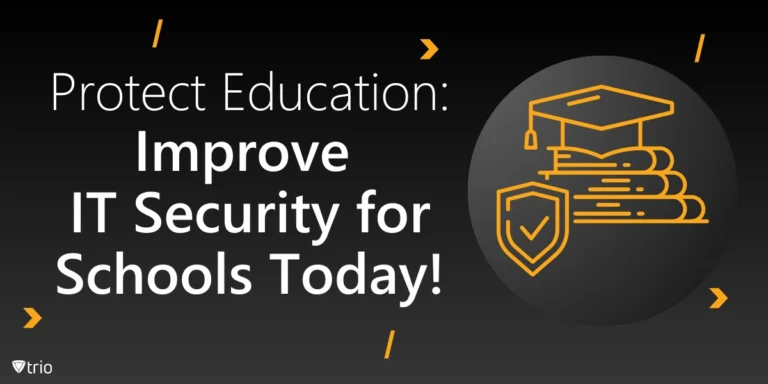
A Complete Guide to Implementing IT Security for Schools
Learn how you can strengthen IT security for schools with best practices, real-world examples, and effective solutions.
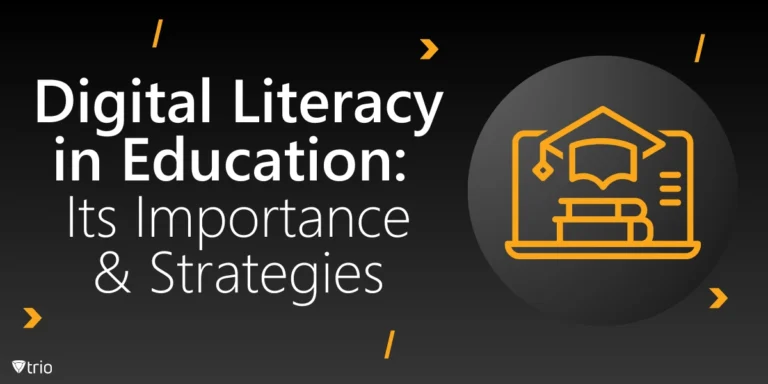
Digital Literacy in Education: Its Importance & Strategies
This complete guide explores the importance of digital literacy in education and strategies for fostering these critical skills in both students and teachers.
